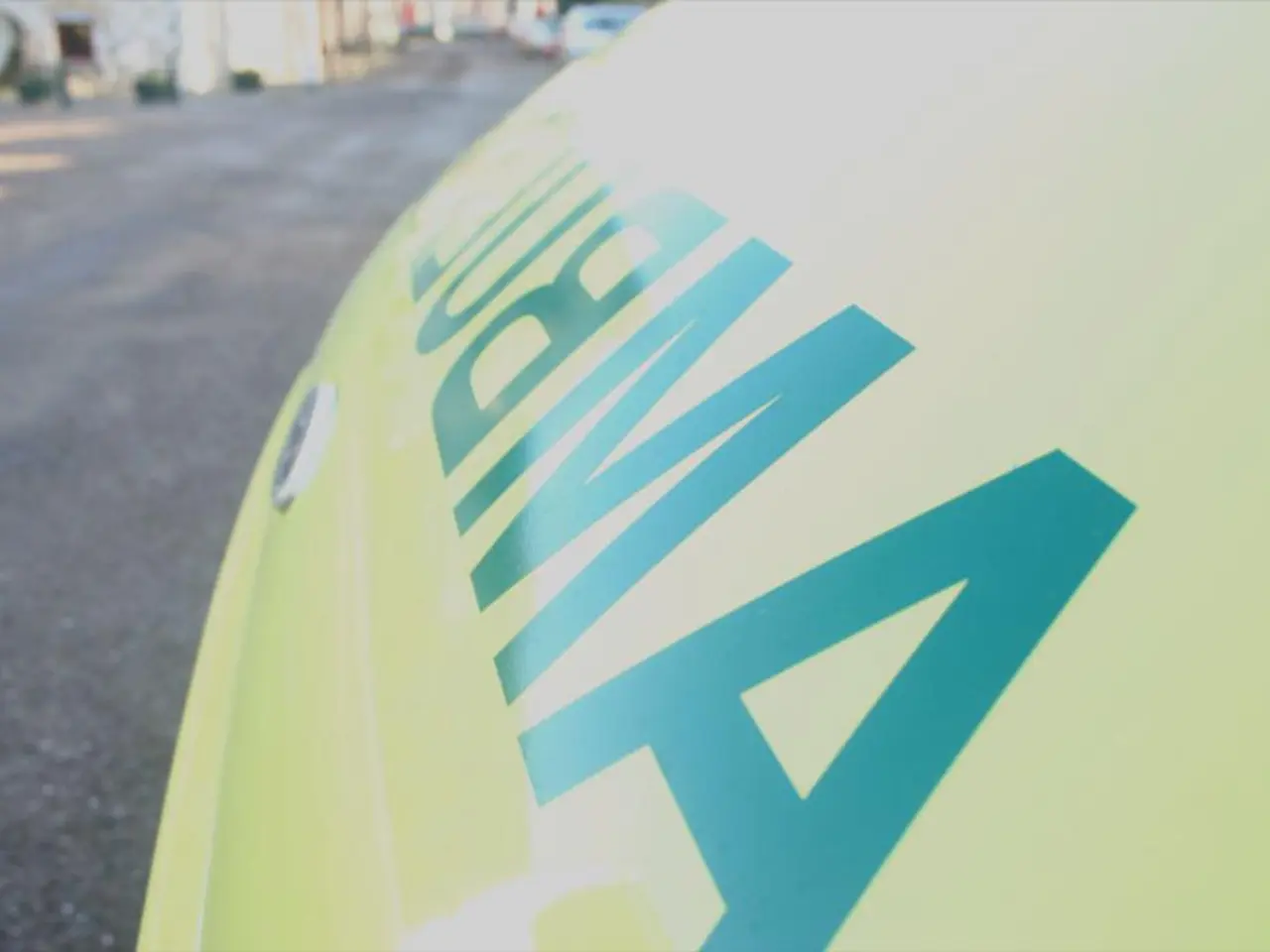Can Australian financiers support the nation's $36 billion prospect in sustainable energy sources?
The Clean Energy Finance Corporation (CEFC) and Deloitte have released a new report suggesting that Low Carbon Liquid Fuels (LCLF) could be the next big thing for Australia's financiers, offering a potential first mover advantage. The report highlights Australia's comparative advantage in capturing the demand for LCLF, which could be worth $36bn by 2050.
According to Ian Learmonth, CEFC's chief executive, LCLF is considered the next best hope for industries that can't electrify, such as mining and aviation, which account for nearly a third of the remaining demand. Demand for LCLF is expected to rise significantly, particularly in the aviation industry, accounting for over 50% of LCLF demand under all modelled scenarios between 2030 and 2050.
The report identifies seven 'market accelerators' that could help pave the way for a LCLF boom in Australia. One key recommendation is the use of concessional finance to de-risk private investments. The SAF investor ecosystem in Australia spans private equity and strategic corporate investors, major airline companies like Qantas, and government funding bodies supporting research and project development.
HAMR Energy, a leading low carbon liquid fuels company, is developing a large methanol-to-jet SAF plant and is currently securing investment through a $10 million Series A round with significant interest from private and strategic investors. Qantas Airlines, committed to net zero by 2050, has made substantial funding commitments (up to US$200 million) to develop domestic SAF production capacity and has partnered with Airbus and other coalitions to scale SAF availability.
The production of LCLFs relies on feedstock, which includes waste, agricultural residue, biomass, sorghum, and used cooking oils. Australia's large agro-industrial footprint provides feedstock such as tallow and canola, which are currently being exported for LCLF production. The report suggests that exporting these raw materials misses the opportunity to build the industry at home, emphasizing regional development, national resilience, and emissions reduction.
Clean fuel plants could revitalize manufacturing hubs and create skilled careers in areas affected by the decline of fossil fuels. However, investment in LCLF remains risky due to the immature market, complicated supply chains, and the need for steady feedstock suppliers and offtake partners. Other forms of capital may need to take a back seat before institutional capital considers investing in LCLF.
The report includes an analysis of production costs and Australia's LCLF cost curve. Policy accelerators, including mandates, certification schemes, and offsets, are key components to assist the industry reach scale, notes Learmonth. Scaling up Australia's LCLF industry would require cautious, optimistic navigation of potentially risky and rewarding waters.
Demand for LCLF is increasing from airlines and mining companies. Australia's largest airline, Qantas, imported 2 million litres of sustainable aviation fuel, which is the largest ever commercial import of sustainable aviation fuel in Australia. Over a third of the liquid fuel demand comes from road transport, where electrification is underway.
However, the report does not provide information on who is currently funding sustainable aviation fuels. As the industry matures and becomes more attractive to institutional investors, it is expected that more details on funding sources will become available.
In conclusion, the report presents a promising outlook for Australia's SAF industry, with significant potential for economic growth, job creation, and emissions reduction. The report serves as a call to action for private and public sector investors to support the development of this industry, ensuring Australia can capitalise on its comparative advantage and contribute to the global transition towards a low-carbon future.
References:
- HAMR Energy secures $10 million for methanol-to-jet SAF production facility
- Qantas invests in SAF production
- ARENA funds sustainable aviation fuel projects
- UNSW receives grant for sustainable aviation fuel research
The Clean Energy Finance Corporation's report on Low Carbon Liquid Fuels (LCLF) suggests the renewable-energy industry could offer significant investment opportunities for financiers, potentially worth $36bn by 2050. The aviation industry is expected to be a major consumer of LCLF, accounting for over 50% of demand between 2030 and 2050. Companies like HAMR Energy are actively seeking finance for the production of LCLF, such as through a $10 million Series A round, as Qantas Airlines also invests in SAF production to reach net zero by 2050. The report emphasizes the need for de-risking private investments using concessional finance and encourages further support from the finance and business sectors to capitalize on Australia's comparative advantage in this growing industry.




